Shoe mounted light meters are slowly evolving, with different brands bringing new smaller and progressively more digital meters to the market. But the “analog” kind, with the satisfyingly clicky dials, stays highly popular among the analog photography crowd. The Voigtlander VCii still sits at the top, as the premium priced benchmark of reliable performance. Doomo Meter D came out as the more affordable, yet maybe not as accurate alternative. And recently TTArtisan decided to join this corner of the market with their own offering – the TTArtisan Light Meter – pushing the price even lower. This new model is priced around 65 USD at international sellers, half the price of Doomo and almost a quarter of the cost of the Voigtlander, making it the obvious low-budget choice. I purchased mine in China at even lower price, just 43 USD.
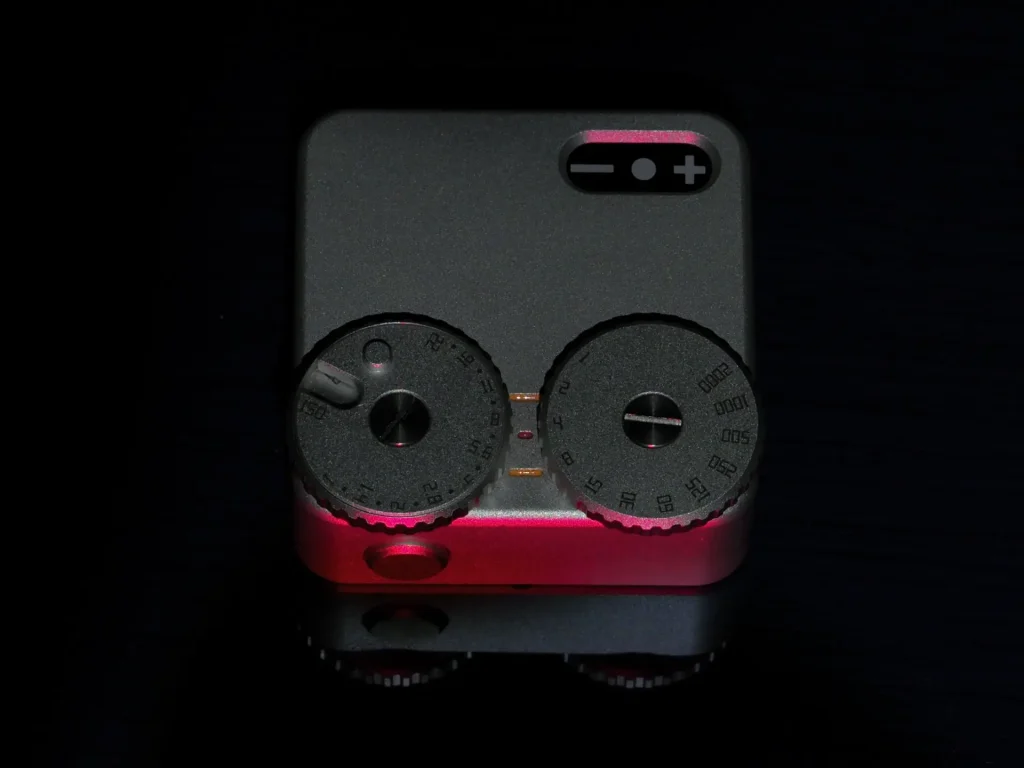
Construction
On the first look, the TTArtisan Light Meter seems to be extremely close to the Doomo version. Both light meters are featuring a fully metal aluminium construction, the overall shape is pretty much identical and controls are the same. We get a combined ISO / Aperture dial with a smooth movement, a clicked shutter speed dial, an activation button on the rear and three LED lights displaying – / 0 / + exposure reading.
But there are few changes on the TTArtisan Light Meter, in my opinion mostly improvements, which shows that this isn’t just a simple rebranding of the same OEM product.
Firstly, while Doomo is using a smaller CR1632 battery, TTArtisan opted for a much more common CR2032. Switching to a bigger battery might be the reason for the second change, the overall dimensions. Doomo was a bit more rectangular at 40 x 35 mm, while the TTArtisan Light Meter goes for square 40 x 40 mm. Kind of a meaningless difference on most cameras, but the Doomo offers a bit sleeker fit for your Leica rangefinders. Third change is in the mounting of the shoe mount foot, with TTArtisan offering three mounting positions. This is something I appreciate as a left eye shooter, allowing for the meter to be shifted more towards the right side of the camera.
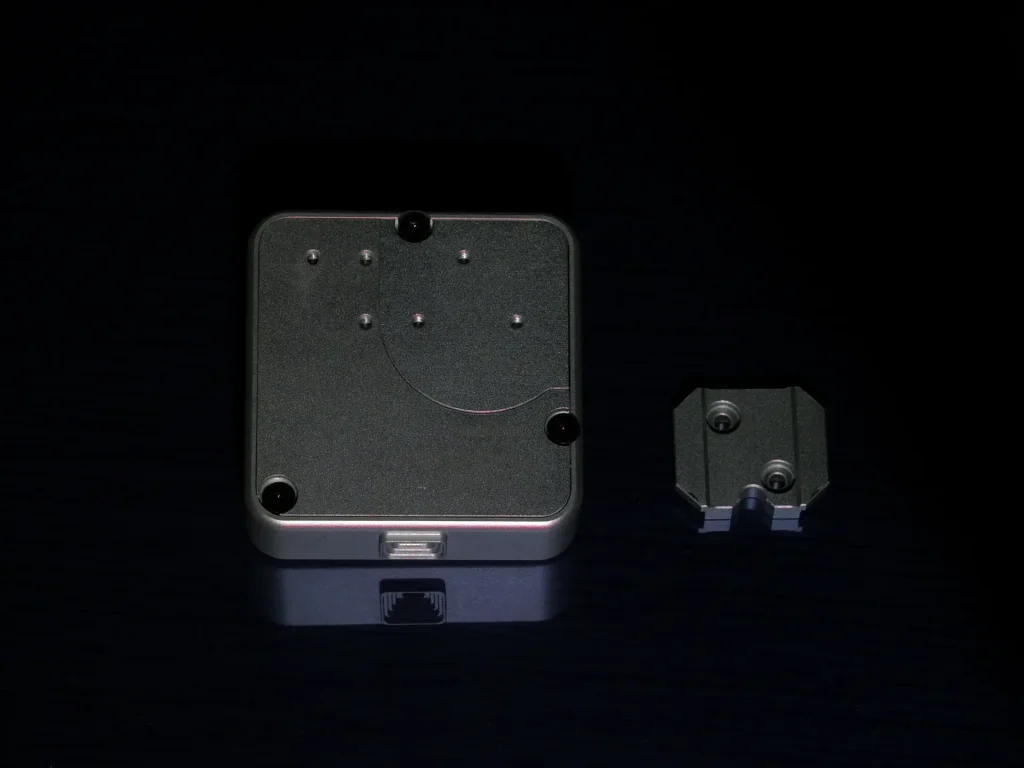
In Use
I have been using the TTArtisan Light Meter for past 3 months on my Canon QL17ii and overall I’m quite happy with it. The measuring process itself is simple and quick, with the wheels providing you much nicer feedback than simple buttons on other meters. But there are few small details that could be improved. And one potentially big issue with accuracy, to which I will get a bit later.
While the construction of the body feels solid, if maybe a bit hollow, the mounting of the foot is not ideal. I keep meter mounted on my camera while I go for long walks and on two separate occasions, I noticed that the two screws holding the foot to the meter were slowly loosening up, causing the meter to rattle in its position. I had to take the meter off and tighten screws up with the provided tiny flimsy screwdriver, or they would eventually unscrew completely. And there are no spare screws included, if you would to lose or strip any of them. Also, the foot covers the battery compartment in two of its three positions, so you will have to remove it anytime you will be exchanging battery.
Another annoying aspect is the ISO setting dial. It has no lock and out of the box it spun very loosely, forcing me to check its setting before each shot, as it kept changing all the time by accident. I managed to partly solve this, by tightening the central screw of the ISO / Aperture dial, but I would wish to get it even more tight.
Last small thing is a limited range of the ISO / Aperture dial. For example, combinations of ISO 25 & f11 or ISO 3200 & f1.4 are not possible to be set directly, you have to use the lines for the reciprocal readings to get the matching shutter speed. And while these might seem like an uncommon settings, I ended up running at ISO 25 quite often, which leads us to…
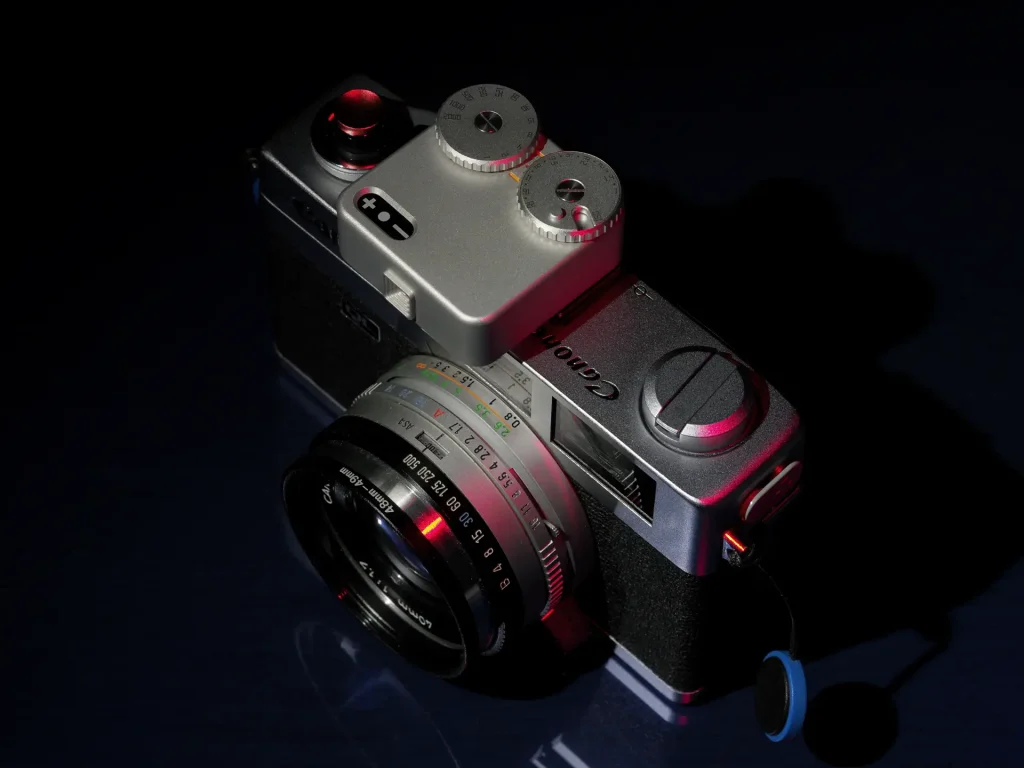
Accuracy
TTArtisan states that the meter is set for average metering and 45° measuring angle, so a bit wider than the specification of the Doomo. I tested it in range of conditions, comparing it mainly to meters on my digital cameras or apps on my phone, and unfortunately the TTArtisan Light Meter was constantly underexposing by 1.5 to 2 stops.
I checked reports from other users and they are mixed. Some seems to be happy with the accuracy, but few others reported a similar problem with up to 2 stops of underexposure. It seems quite random, but it means that each user should do some basic testing with their unit when purchasing it.
This isn’t some horrible issue and compensating for it with the ISO dial is a simple fix. It would be insufficient only in certain situations, for example when running an ISO 100 film with some additional ND or colored filter, as you would run out of the ISO range of the meter, which ends at ISO 25. So far, I’m not sure if there is any way how to adjust the light meter, I tried to reach out to TTArtisan over email and Instagram messages, but received no answer.
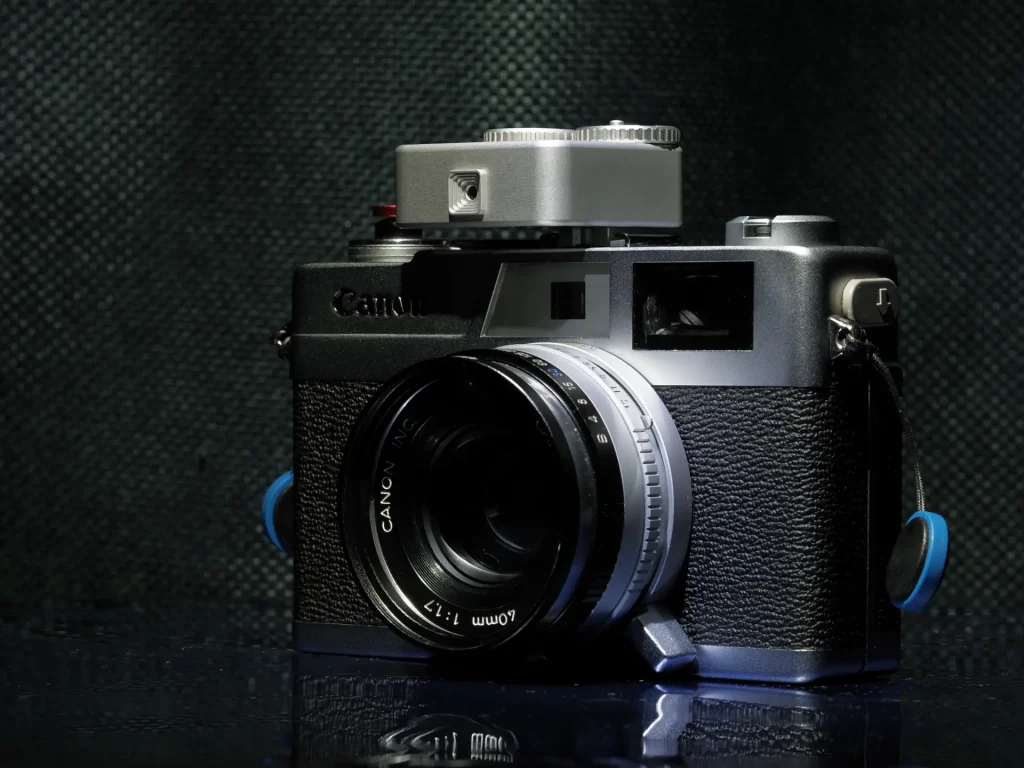
Conclusion
The TTArtisan Light Meter represents a great value for the price and I will honestly say that I’m happy with it. You get a nicely build and practical product that’s joy to use, with only tiny flaws that could be easily improved in some future product run. And I will leave it up to each of you to decide, if the reported occasional issues with the accuracy are worth the difference in price.
You can see the TTArtisan Light Meter on their website here – they have recently released a slightly more expensive version made of black painted and artificially aged brass.
If you wish, you can check my photos at Instagram
You can also read Hamish’s comparison of a lot of these meters here
Share this post:
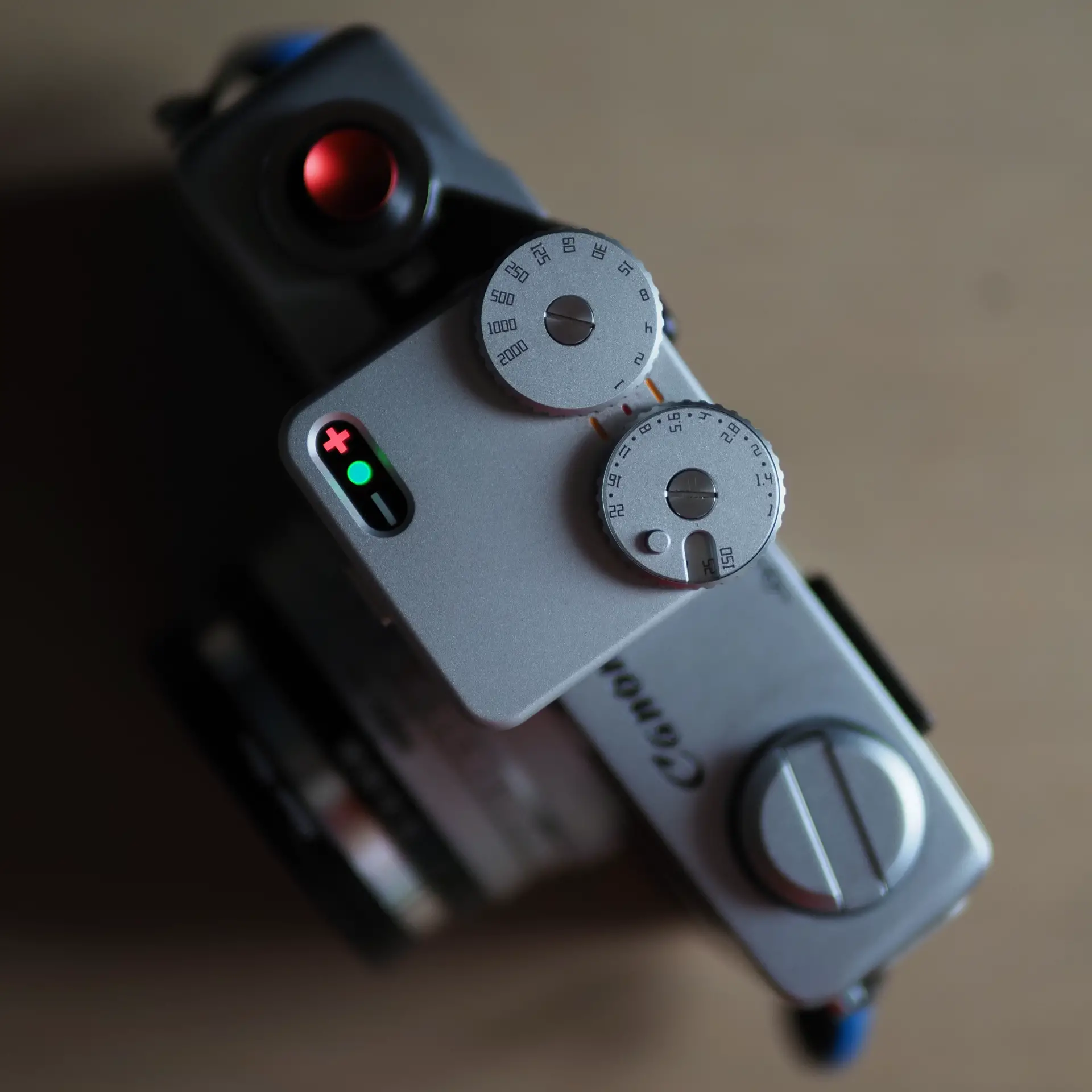


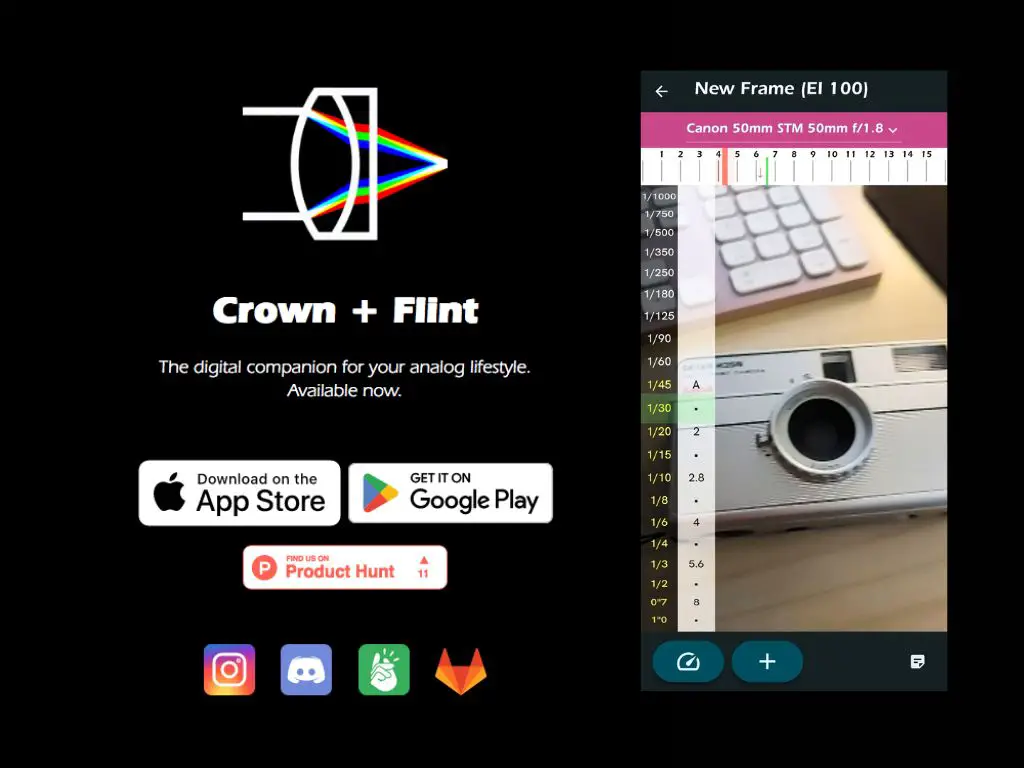
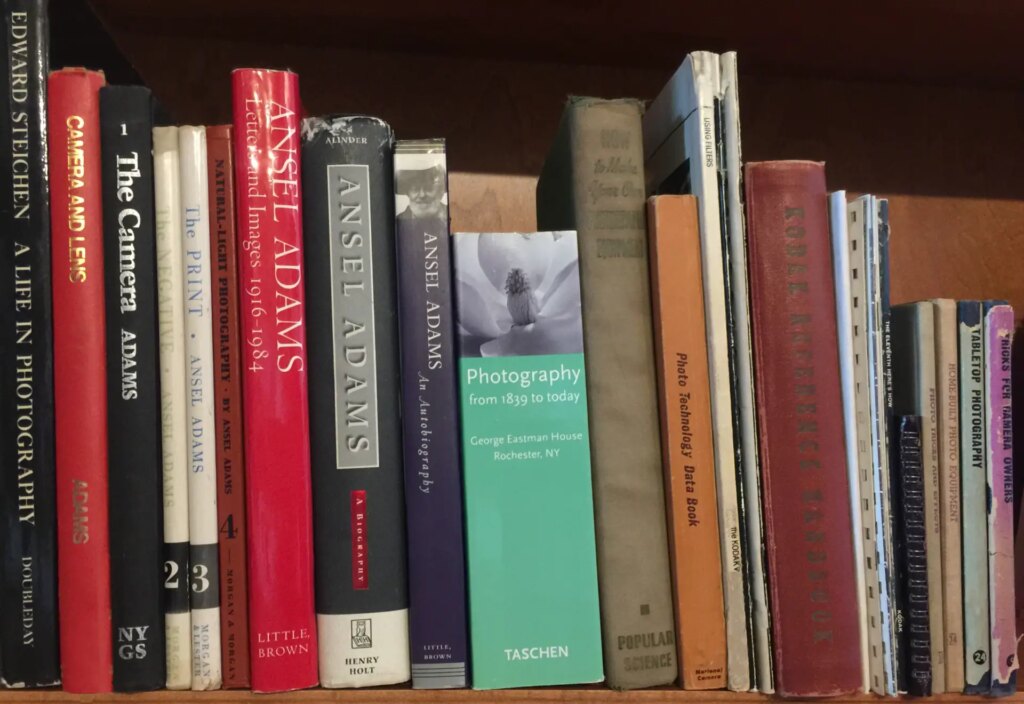




Comments
John Earnshaw on TTArtisan Light Meter Review – The Cheapest of Its Kind – By Frankie Bina
Comment posted: 18/04/2022
Having said all that, I am initially pleased with meter and cannot wait to "road test' it.
Comment posted: 18/04/2022
Lee on TTArtisan Light Meter Review – The Cheapest of Its Kind – By Frankie Bina
Comment posted: 19/04/2022
Comment posted: 19/04/2022
Andrew Wong on TTArtisan Light Meter Review – The Cheapest of Its Kind – By Frankie Bina
Comment posted: 19/04/2022
But I think I sort of addressed the issue to get somewhat acceptable results by using pieces of a grey plastic bag to tint the light sensor/limit light. I used two-three layers and now the sensor is a lot more accurate than before, but occasionally slightly overexposes the image which I am ok with.
Comment posted: 19/04/2022
Huss on TTArtisan Light Meter Review – The Cheapest of Its Kind – By Frankie Bina
Comment posted: 21/04/2022
As the old adage goes, a deal is only a deal if it remains a deal.
Comment posted: 21/04/2022
Peter C on TTArtisan Light Meter Review – The Cheapest of Its Kind – By Frankie Bina
Comment posted: 04/05/2022
Comment posted: 04/05/2022
John R Flinn on TTArtisan Light Meter Review – The Cheapest of Its Kind – By Frankie Bina
Comment posted: 18/10/2022
Comment posted: 18/10/2022
Marco Manuzzi on TTArtisan Light Meter Review – The Cheapest of Its Kind – By Frankie Bina
Comment posted: 21/11/2022
I've bought the black version just to match colors of my Yashica D and Fuji GW690ii, so far so good. iv'e made some comparison between the tt Artisan and a Sekonic L-308X and readings are consistent.
Just a note:
the battery holder can fit even minor CR20xx size, I've had a CR2016 laying around when my meter arrived and it worked flawlessly
Comment posted: 21/11/2022
HEDECO, Leica, Voigtländer, TTArtisan, KEKS: five attachable light meters on TTArtisan Light Meter Review – The Cheapest of Its Kind – By Frankie Bina
Comment posted: 21/11/2022
Robert Coates on TTArtisan Light Meter Review – The Cheapest of Its Kind – By Frankie Bina
Comment posted: 12/12/2022
Comment posted: 12/12/2022
Comment posted: 12/12/2022